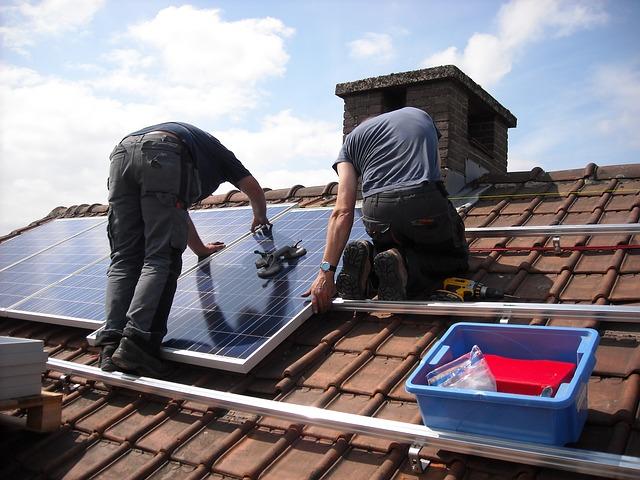Living Green: Tips for Eco-Friendly Homes
Photo via Pixabay by MariaGodfrida
Living green can mean a lot of things, but for most people, it simply comes down to changing the way you think about energy and resources. While making big changes to your home to make it more eco-friendly can be expensive, it doesn’t have to be. There are many different ways you can go green and reduce your carbon footprint -- and your utility bills -- regardless of your budget.
Getting the family involved can help you create a teachable moment that will last a lifetime for your kids, so don’t hesitate to talk to them about how they can help reduce your home’s energy use. You might suggest that everyone sets a timer before getting in the shower to cut back on water use, or set up recycling bins, have the kids paint chalkboard paint on them, and let them write the names of each type of recyclable in chalk: plastic, paper, glass, and cardboard.
There are lots of ways to go green. Here are just a few.
Check Those Windows
Your home might be losing quite a bit of warm air in the winter and cool air in the summer through your windows. If there are cracks around the seals, or if the windows don’t shut well, you could be unintentionally driving up your heating and cooling bills every year and wasting energy. Seal any cracks with caulk, and do the same for doors. If you’re buying a new home, the windows are one of the first things you should check, along with the hot water heater and the heating/air conditioning unit. Click here for great tips on how to make your home more efficient.
You can also buy energy-saving curtains that block out the sun during hot summer months, allowing you to set your thermostat a few degrees higher than usual without suffering through the heat. In wintertime, throw open the curtains and let the sun shine in; using natural light and solar energy to heat the rooms in your home during the day can cut back on your heating and electricity bills substantially. If you work from home or have many rooms to light, consider switching out all the bulbs to LED or CFL lights, which are much more energy efficient.
Fix Those Leaks
Leaky toilets and faucets can lead to big problems when it comes to your water bill. Check every water outlet -- including the water hose hook-up on the exterior of your home -- to make sure nothing is dripping. Call a plumber to fix any major leaks or cracks in your home’s pipes; this is a job that needs to be done by a pro. If you’re thinking about buying a home, be sure to have the plumbing inspected, especially if the house is more than 10 years old.
Install Solar Panels
Sustainable renewable energy is a great way to save money and help out Mother Earth at the same time. There are several ways you can give your home sustainable energy; solar panels and wind power are just a couple. Consider installing panels on your roof to harness the energy our sun provides every day.
Collect Rainwater
Using a rain barrel to collect water for gardening or other outdoor uses is a great way to conserve, and it can be useful for the birds and animals in your community as well. Just be sure to check with your local government to see if there are any laws or rules regarding the use of a rain barrel.
Enroll in Paperless Statements
Many people are choosing to enroll in paperless statements for their billing, and most companies offer this service nowadays. Check with your utility companies, credit card companies, and phone service carrier to see if you can sign up to receive your monthly bill via email.
Living green can be a major lifestyle change, so if you’re unsure of where to start, just begin with small things, such as installing a low-flow showerhead or using a drying line for clothing instead of your electric dryer. Sometimes, small changes can have a big impact.

